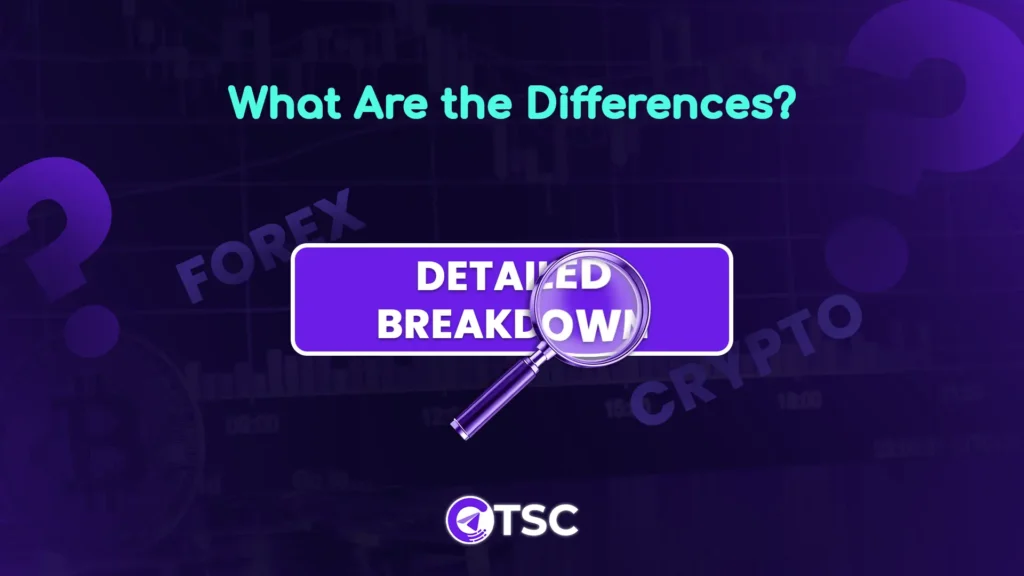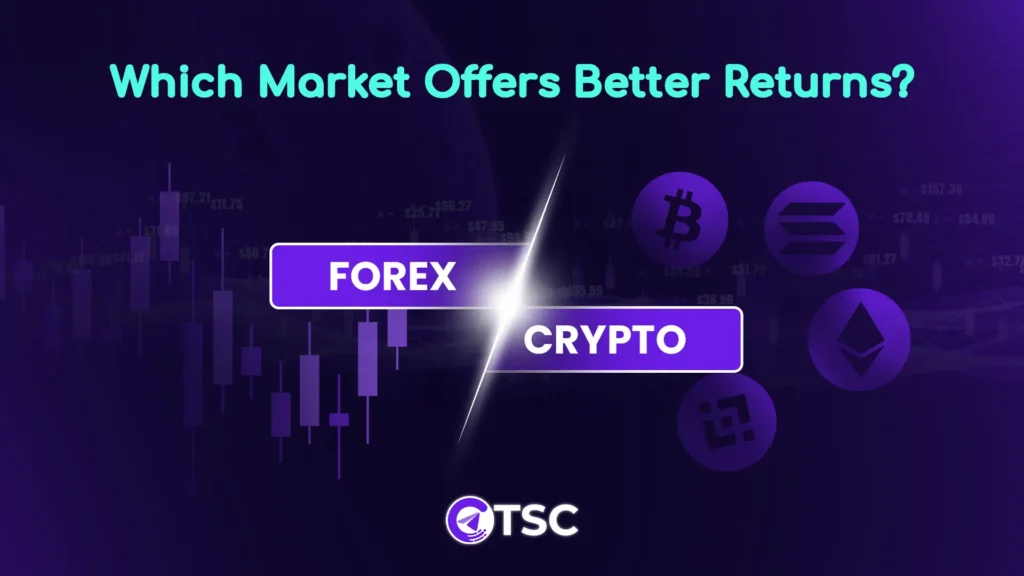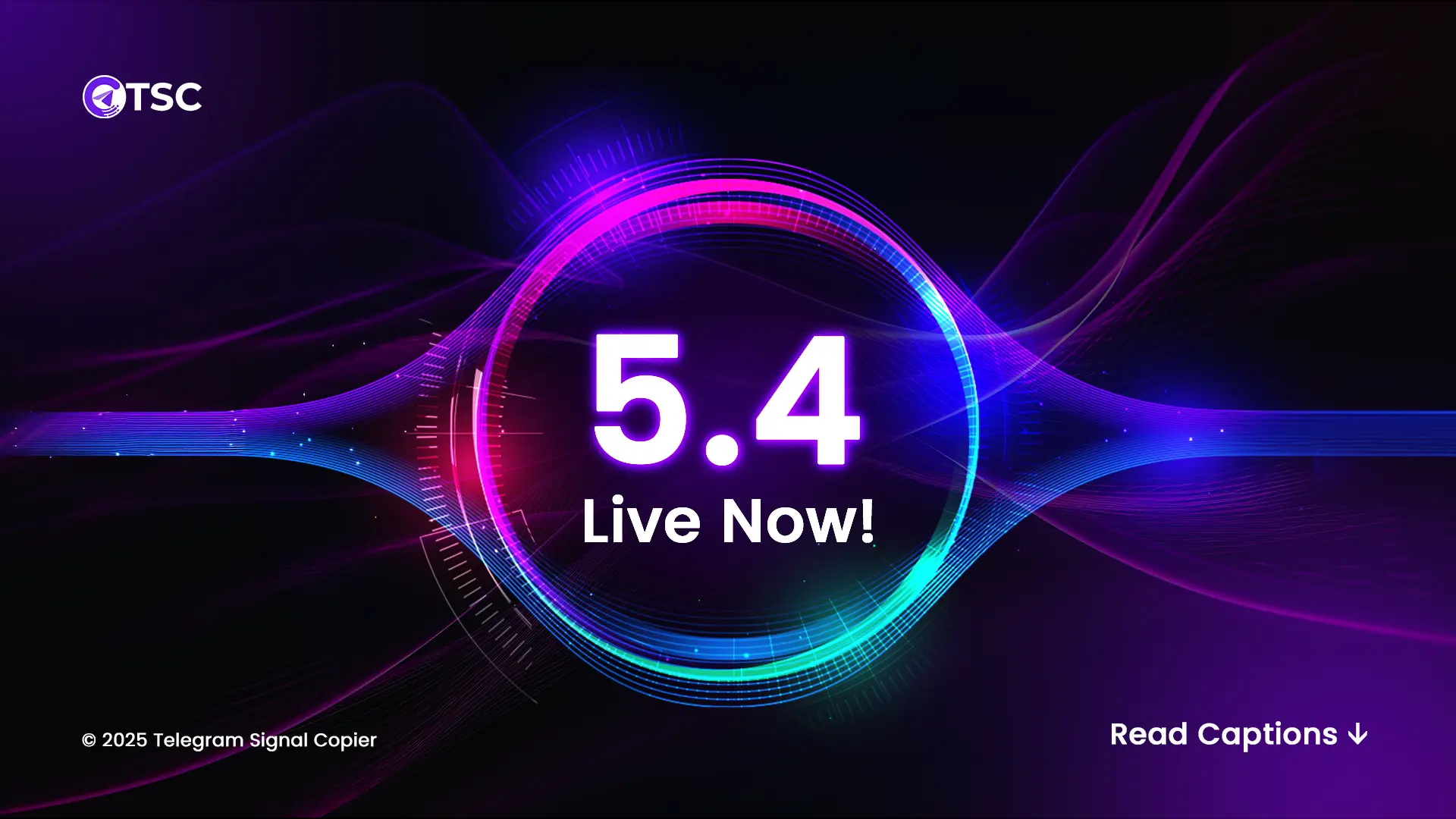Copy Trading Forex vs Crypto: Which Market Offers Better Returns?

In financial markets, traders get thousands of opportunities to earn money daily. Fortunately, you don’t need to have extensive experience or in-depth market knowledge to begin your trading journey. One such way is copy trading, which allows you to copy the trades of successful professionals.
However, when it comes to choosing between forex and crypto markets, many traders find themselves at a crossroads. Which market offers better returns? In this blog, we’ll explore the key aspects of copy trading in both Forex and Crypto to help you understand which market might deliver better results.
What is Copy Trading?
Copy trading is a form of trading where investors copy trades of successful traders. Copy trading platforms and tools help traders connect with experienced traders and follow their trades. This means that when a professional trader enters or exits a trade, the copy trade software mirrors those actions in the accounts of those who are copying the trader.
This makes it easier for less experienced traders to gain exposure to financial markets without actively making trading decisions.
Copy Trading in Forex
Forex market, or foreign exchange market, is the largest and most liquid financial market globally. Forex trading involves exchanging one currency for another, such as EUR/USD or GBP/JPY, and operates 24 hours a day, five days a week.
It offers opportunities for both long-term and short-term traders. Forex trading is known for its liquidity, volatility, and long operating hours, making it an attractive market for traders worldwide.
In copy trading, Forex traders mostly focus on strategies such as scalping, day trading, and swing trading. Many professional traders in the Forex market use technical analysis and economic indicators to predict currency movements. Then Forex copy traders copy trades from them by using Forex copy trading software.
Pros of Forex Copy Trading:
- High liquidity ensures smooth trade execution.
- Lower volatility compared to crypto, making it less risky.
- A regulated environment provides a sense of security.
Cons of Forex Copy Trading:
- Returns lower compared to crypto during bull markets. Though significant returns achievement is possible using leverage.
- Limited to weekdays 24/5 and have some major but not exact specific trading hours like stock market.
- While forex is generally less volatile than crypto, certain forex pairs (like exotic currency pairs) can be highly volatile.
Copy Trading in Crypto
Cryptocurrency market, though younger than the Forex Market, has grown exponentially with digital currencies like Bitcoin (BTC), Ethereum (ETH), and altcoins. Unlike Forex, market crypto is open 24/7, giving traders constant opportunities. However, the crypto market is known for being more volatile, which makes it higher risk but potentially more rewarding.
Just like Forex traders, copy cryptocurrency traders also use copy trading tools for crypto signals. Copy trading Crypto usually involves more short-term strategies due to the high price fluctuations, such as momentum trading and arbitrage.
It can yield significant profits during bull markets, but the volatility also means higher risks. Traders must be prepared for sudden market crashes and regulatory changes.
Pros of Crypto Copy Trading:
- Potential for higher returns due to extreme volatility.
- 24/7 market access allows for flexible trading.
- Growing adoption and innovation in the crypto space.
Cons of Crypto Copy Trading:
- High volatility can lead to significant losses.
- Less regulation compared to forex, increasing security risks.
- Susceptibility to market manipulation and sudden crashes.
Forex vs. Crypto: What Are the Differences?

When comparing Forex (foreign exchange) and Crypto (cryptocurrency), there are several key differences. Below is a detailed breakdown:
- Market characteristics and risks
Forex is the largest financial market globally, where currencies are traded. It is highly liquid and involves trading between different national currencies. The risks in forex include exchange rate fluctuations due to economic indicators, geopolitical events, or central bank policies, as well as leverage and counterparty risks.
In contrast, cryptocurrencies are decentralized digital assets operating on blockchain technology. They are often used for speculative trading, as a store of value, or in decentralized finance (DeFi). Risks in crypto include extreme price volatility, regulatory uncertainty, security vulnerabilities like hacks and scams, and limited real-world adoption.
- Market Participants
The participants in the forex market include central banks, commercial banks, hedge funds, institutional investors, corporations, and retail traders. Central banks influence currency values through monetary policy, while corporations use forex to hedge against currency risks in international trade.
In the crypto market, participants include retail traders, institutional investors, miners who validate transactions, developers who build blockchain protocols, and exchanges that facilitate trading.
- Regulation and Security
Forex trading is heavily regulated by financial authorities like the SEC, FCA, and CFTC. This regulation ensures transparency, protects traders from fraud, and provides mechanisms for dispute resolution.
The forex market crypto is less regulated, with varying degrees of oversight across jurisdictions. This lack of uniform regulation increases risks such as hacking, scams, and exchange collapses. However, regulatory frameworks are evolving to address these issues. Many countries now have strict regulations for exchanges and traders. The U.S. SEC, CFTC, and European regulators actively oversee crypto markets.
- Structure
The forex market operates on a centralized structure, with transactions facilitated through a network of financial institutions. It is decentralized in the sense that no single entity controls the market, but it relies on traditional financial infrastructure.
The crypto market is fully decentralized, operating on blockchain technology. Transactions are peer-to-peer, and there is no central authority governing the market.
- Size and Volume
In terms of size and volume, forex has a daily trading volume exceeding $6 trillion, making it the largest financial market globally, with high liquidity ensuring tight spreads and minimal slippage.
Crypto, while growing, is much smaller, with daily trading volumes ranging from $50 billion to $200 billion, depending on market conditions, and liquidity varies significantly across cryptocurrencies.
- Open Hours
Forex operates 24 hours a day, five days a week, across different time zones, while crypto operates continuously, 24/7, including weekends and holidays, due to its decentralized nature.
- Accessibility of Assets
Forex focuses on currency pairs like EUR/USD and GBP/JPY, with limited assets available for trading, requiring access to a broker and an understanding of macroeconomic factors. Crypto offers a wide range of assets, including thousands of cryptocurrencies and tokens, with easy access for anyone with an internet connection.
- Volatility and Stability
The forex market is relatively stable, with moderate price fluctuations. This makes it more predictable and suitable for risk-averse traders. The crypto market is highly volatile, with prices often experiencing significant swings within short periods. This volatility attracts risk-tolerant traders seeking high returns.
Comparing the Risk and Return: Forex vs. Crypto

Forex Trading Risks and Returns:
Forex trading generally involves more stable price movements compared to Crypto. Traders can expect moderate returns, especially if they use sound risk management strategies. The liquidity of the market ensures that traders can access favorable trades with less slippage, and with the right strategy, returns are often steady and consistent.
Crypto Trading Risks and Returns:
Crypto trading, on the other hand, offers greater potential returns due to its inherent volatility. However, this comes with significant risk. Dramatic price swings and market manipulation can cause substantial losses. Therefore, while crypto offers high rewards, traders need to have robust risk management strategies in place to navigate its unpredictability.
Is Forex or Crypto Better for Beginners?
If you’re new to trading, Forex will be a better place to start. It’s a more predictable and stable market, which makes it easier for beginners to understand and learn. Many copy trading platforms even offer demo accounts so you can practice without risking real money.
On the other hand, if you’re ready to take on more risk and want to learn quickly, Crypto might be the right choice. The rewards are higher, but so is the risk. Make sure you fully understand the market before diving in.
Best Signal Copier for Crypto and Forex Copy Trading
When it comes to copy trading, choosing the right signal copier can greatly enhance your trading experience, whether you’re in the Forex or Crypto markets. For traders who want to seamlessly copy trades in both these markets, Telegram Signal Copier (TSC) stands out as the top choice.
TSC lets you automatically copy trade signals from Telegram channels directly to your trading platform, ensuring smooth execution and timely entries. This makes it a powerful tool for both beginner and experienced traders looking to take advantage of the expertise shared within Telegram communities.
Tips for Successful Copy Trading in Forex and Crypto
- Choosing the Right Copy Trading Software: Pick platforms that are transparent and offer real-time tracking of performance. Look for copy trading apps that allow you to manage your risk, such as setting stop-loss limits to protect your capital.
- Evaluating Signal Providers: Research the traders you’re copying. Check their past performance, trading style, and risk management practices. It’s important to follow copy traders who use strategies that match your own risk tolerance.
- Managing Your Own Strategy: Even though you’re copying others, you should still set your own rules for risk management. Decide how much capital you want to invest in each trade and set stop-loss levels to minimize potential losses.
Conclusion:
Copy trading Forex and Crypto offers unique opportunities for investors, but each market comes with its own set of risks and rewards. Forex provides stability and consistent returns, while Crypto offers the potential for higher profits—albeit with greater volatility. By using the right copy trading tools and platforms, you can maximize your chances of success in either market.
FAQs:

Crypto offers higher potential returns but comes with greater risks, while Forex is more stable and predictable.
Yes, both markets allow for similar trading strategies, including copy trading. However, crypto’s 24/7 trading hours and higher volatility require additional caution.
For beginners, Forex is typically the better option as it’s more stable and easier to understand.
Crypto offers higher profit potential, but the risk is much greater than in Forex. But Forex trading with high leverage can be riskier than crypto trading without leverage.
Crypto trading carries risks like volatility and regulatory changes.
Bitcoin (BTC) is the most popular and widely traded cryptocurrency, followed by Ethereum (ETH) and other altcoins like Solana (SOL) and Binance Coin (BNB).



